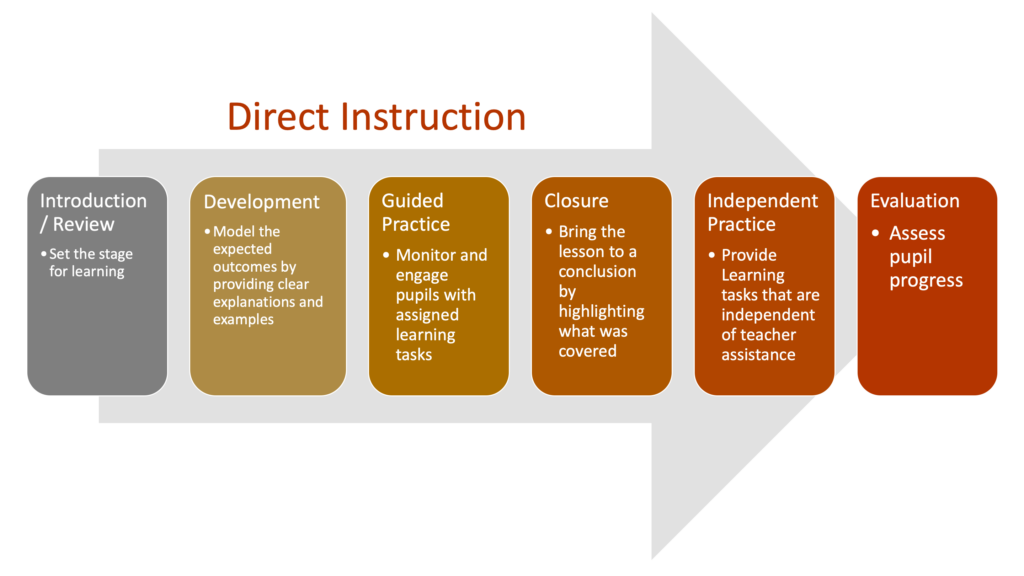Here is the video I choose from YouTube on personal finance
Learning is supposed to be an intertwined process, interactive learning is one of the elements that cannot be ignored. “There are different kinds of interaction in the study: interaction with learning materials, the interaction between students and teachers, and student-student interaction” (Bates, 2019). Today, I’ll choose YouTube as the learning technique to provide to use with my learners to learn personal finance. Through this study, learners can understand and master the course content well and can apply it flexibly in their life.
According to the instructions in the video, students should first download Microsoft Excel to work on their finance methods. First, I would set up online tests after each section of the video to check students’ concentration, such as having them work with several virtual data in Excel to test their knowledge. Students cannot proceed to the next chapter if their scores do not meet the requirements. Then toward the end of the video, I will design a few questions for students to answer to find out how well they take notes in class, such as which items of data are covered in the video for collation? And after the students finish watching the video, I’ll set a few application questions for them to try to plan their finances. Furthermore, I will provide a list of books in relevant categories for students to search in the e-library for extended reading after class, which will help broaden their horizons about personal finance and foster their spirit of self-exploration.
After students have completed the series of activities, I will provide a learning forum for students to write down their thoughts and questions about the course topics after the class. In the end, the teacher and teaching assistant will give feedback to each student through the online forum to confirm that each student has digested the content of the chapter.
Interactive learning is an active learning method that can be very effective in motivating students to learn. By making good use of interactive techniques, learning designers can better understand students’ needs and help them achieve their learning goals quicker!
Reference:
Bates, A. W. (T. (2019, October 10). 9.6 interaction. Teaching in a Digital Age Second Edition. Retrieved October 30, 2022, from https://pressbooks.bccampus.ca/teachinginadigitalagev2/chapter/pedagogical-roles-for-text-audio-and-video/
Comment on Zhihao’s Blog4:
Hi, the video you picked illustrates very clearly the 6 principles of personal finance and budgeting. After watching it, I have a much better understanding of personal finance! Your design of the interactive learning is also very complete and comprehensive. Passing a lot of quizzes is really an effective and simple form to test students’ ability, and I’m sure the students will gain personal insight into personal finance after learning through this process.
Here is the link:

Recent Comments